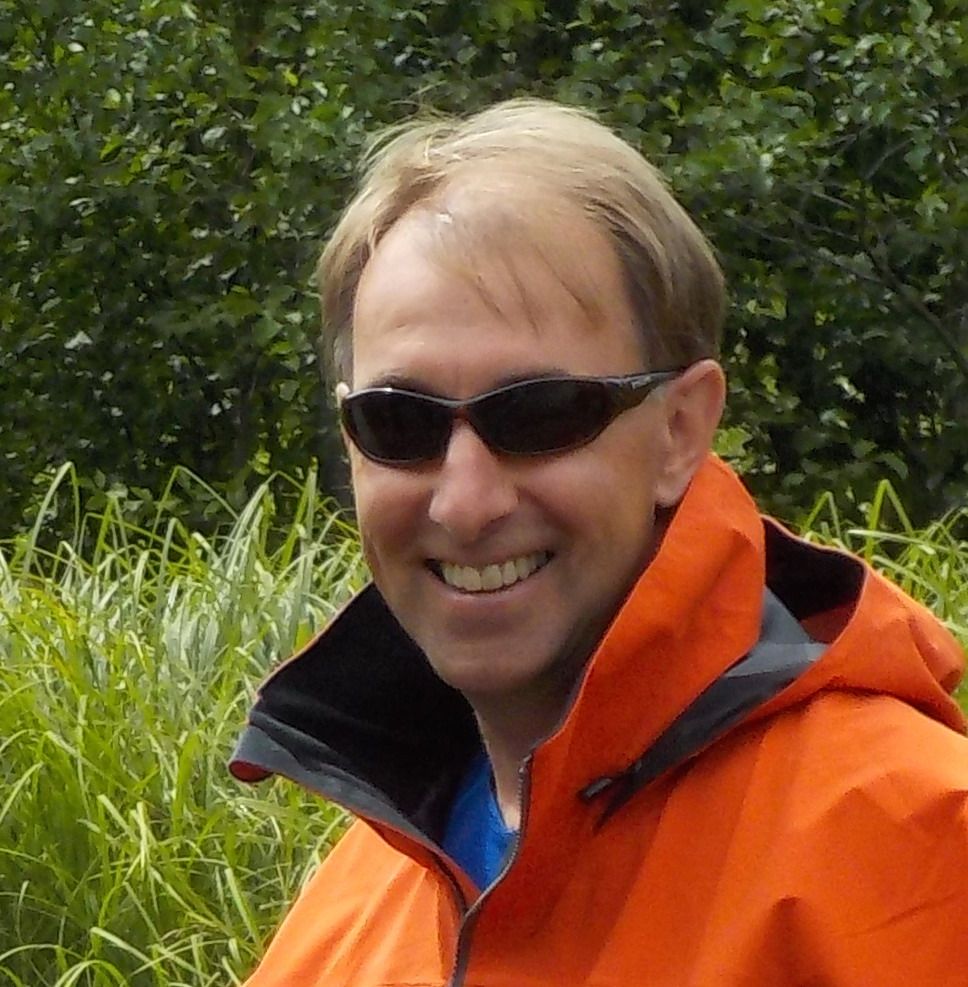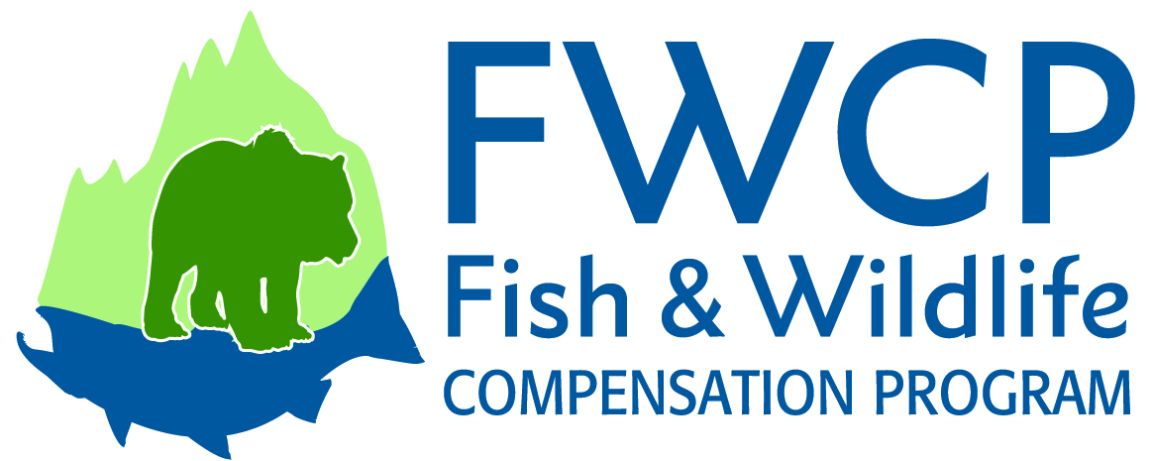PW-FWCP lecture: A tale of 3 fish: A migrant, an invader, and a resident. Dr. Mark Shrimpton, University of Northern British Columbia

The Williston Reservoir was created in 1968 following the construction of the WAC Bennett Dam and impounding the Peace River. The suitability of Williston Reservoir for fish habitat is unclear – but the response of three different species of fish provides us with some insight into the role of the reservoir as potential habitat. Arctic grayling (Thymallus arcticus) are a highly migratory fluvial species that use different habitat throughout their life history. We used elemental signatures in otoliths to track movements of grayling and our work revealed that grayling are restricted to rivers flowing into the reservoir. Modeling locations where grayling are found indicated that large rivers are needed for juvenile Arctic grayling – habitat similar to that lost when the reservoir was flooded. In an attempt to increase productivity of the reservoir, over 3,000,000 Kokanee (Oncorhynchus nerka) were stocked in the 1990s. The present distribution and abundance of Kokanee in tributaries to the Williston Reservoir poorly reflects the stocking patterns, but the large numbers of Kokanee have the potential to dramatically affect the flow of nutrients in rivers where they spawn due to their semelparous life history. The slimy sculpin (Cottus cognatus) is a putative resident species, however, otolith signatures for this species also reveal considerable movement within river systems. Our work has demonstrated that fish exhibit habitat shifts during development and also migrate seasonally among habitats. Understanding habitat requirements for fish in natural systems is important for effective management, particularly in areas affected by anthropogenic disturbance.

This project is funded by the Fish and Wildlife Compensation Program on behalf of its program partners BC Hydro, the Province of BC, First Nations and the public, who work together to conserve and enhance fish and wildlife impacted by existing BC Hydro dams.
Contact Information
Al Wiensczyk
Research Manager,
Natural Resources and Environmental Studies Institute
Email: al.wiensczyk@unbc.ca
Phone: (250) 614-4354